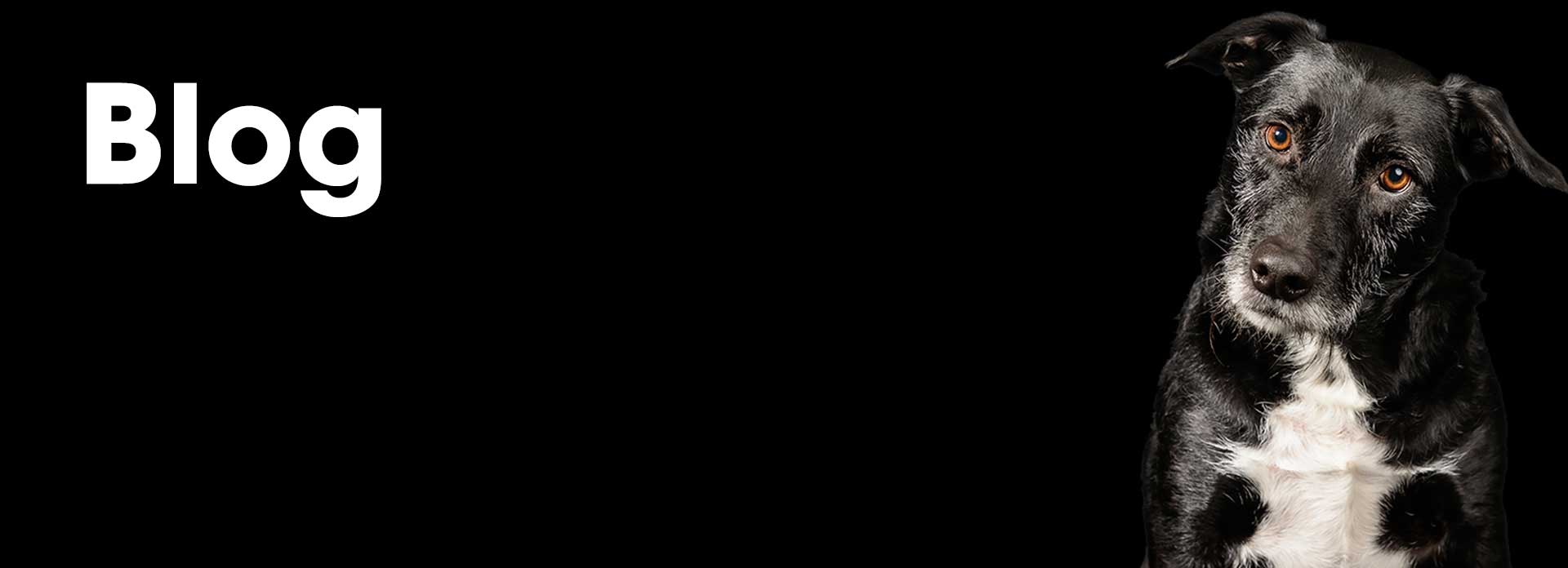The joys of spring are upon us: warmer weather, longer days … and thunderstorms. For many dog owners, this time of year is both a blessing and a curse. We appreciate the long sunny walks with our furry friends but dread every rumble and pop-up shower as they turn our otherwise easy-going dogs into panicked, panting messes that we are powerless to comfort.
It isn’t completely clear what causes this seemingly irrational fear of storms (loud noises, wind, changes in barometric pressure, increased static in the air, etc.), but without intervention, it can worsen over time and greatly diminish your pet’s quality of life.
Even before the first drop of rain or flash of lightning, your dog may start to exhibit signs of storm anxiety, including excessive panting, pacing, trying to hide, or trying to escape. As the storm progresses, so does their level of fear, which can lead to destructive behavior that is harmful to both your dog and your home.
There seems to be a consensus among experts that the best way to help decrease your pet’s anxiety is to plan and act ahead rather than wait until the storm is upon you. This means always being aware of the weather forecast, especially during storm season, and acting accordingly. Strategies include:
1.) Having a safe place for your dog to hide that is selected by them. This could be the basement away from noise and flashes of light, a closet, under a bed, their crate with a blanket draped over it, or even a bathroom or bathtub. While a bathroom and bathtub are seemingly random places, there is some thought that the tile or porcelain helps lessen possible shocks your dog may be feeling from increased atmospheric static. Wherever your dog chooses, allow unrestricted entrance and exit from that location so they do not feel trapped. For example, if it is a crate, leave the door open as some dogs have been known to try to scratch or bite through the crate to escape in their terror.
2.) For some dogs, a special compression garment like a thunder shirt may be helpful. It creates a sensation of being swaddled like a baby and should be placed on your dog as soon as or before anxious behavior begins. Allow your dog to wear the garment periodically prior to needing it and provide positive reinforcement like treats while they have it on to build up a positive association.
3.) Play soothing music or a sound machine that can help distract them from the thunder and lightning crashes. Research shows that classical music is one of the more soothing genres for pets in shelters, so break out the Bach and Mozart even if it isn’t your favorite and avoid the heavy metal, which can just add to their stress.
4.) Experiment with dog-specific synthetic pheromones. Pheromones are chemical substances that are naturally produced and released into the environment by a dog, and it affects the behavior of other dogs. Synthetic pheromones like Adaptal™ are designed to mimic a mother dog’s natural nursing pheromones to promote a feeling of calm. They are odorless to humans and can be delivered into the dog’s surroundings through a plug-in diffuser, collar, or spray.
5.) With the help of a professional behaviorist, try desensitization techniques during winter or other times of the year when there are no thunderstorms. These include playing recorded storm sounds at a low level while distracting your dog with play, treats, or cuddles. As they become less reactive to the recording over time, the volume can be slowly increased.
6.) Work with your vet to develop a medication plan that can help lessen anxiety. Medications tend to work only if they are in your dog’s system a couple of hours prior to the anxiety-inducing event. Since summer storms can be unpredictable, this may mean planning daily preventative dosages during high storm season even when no storms occur.
It is not unusual for a pet owner to need to use more than one of these strategies to help decrease their pet’s storm anxiety. Have patience, be calm, and seek professional help when needed. Above all, do not punish your dog for their storm anxiety. They are not acting up; they are terrified and will only become more anxious and confused if you punish them for attempting to relieve their fear.

